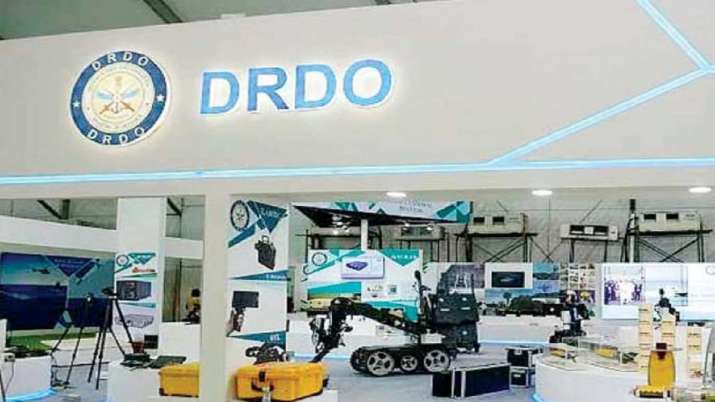In the last seven years, the Modi government has made tremendous efforts to reform the research bodies like Defense Research and Development Organisation (DRDO), Indian Council of Medical Research (ICMR), Indian Council of Agricultural Research (ICAR), Council of Scientific and Industrial Research (CSIR), Indian Council of Agricultural Research (ICAR) and Indian Council of Social Science Research (ICSSR) – most of which have similar structures although they are under different ministries.
And, the efforts are visible to the efficiency with which these organisations are helping India’s fight against Coronavirus. DRDO is playing a leading role in India’s fight against the Chinese virus with technological inventions. Now Centre for Artificial Intelligence and Robotics (CAIR), a laboratory of DRDO have created an artificial intelligence (AI) algorithm to help detect Covid-19 from chest X-rays.
“Given the limited testing facilities for coronavirus, there is a rush to develop AI tools for quick analysis using X-rays. The tool will help in automatically detecting radiological findings indicative of Covid-19 in seconds, enabling physicians and radiologists to more effectively triage the cases, especially in an emergency environment,” said Dr U K Singh, Director, CAIR, DRDO.
“It can be a very useful tool especially in smaller towns in our country owing to lack of easy access to CT scans. This will also reduce the existing burden on radiologists and make CT machines which are being used for COVID be used for other diseases and illness owing to overload for CT scans,” he added.
#AssamCovidUpdate – Augmenting Critical Care 3/3
We are also in talks with @DRDO_India for setting up a 300-bed hospital with Oxygen facilities at Guwahati. We owe it to the vision of Hon PM Sri @narendramodi for having channelized multi-agency collaboration strategy on #Covid. pic.twitter.com/kdonMbtZRX
— Himanta Biswa Sarma (Modi Ka Parivar) (@himantabiswa) May 7, 2021
Prior to that, the organisation deployed innovative technologies to deal with India’s oxygen crisis and in many cities like Lucknow, Guwahati, and Mumbai helped with the setting up of hospitals. “ We are also in talks with @DRDO_India for setting up a 300-bed hospital with Oxygen facilities at Guwahati. We owe it to the vision of Hon PM Sri @narendramodi for having channelized multi-agency collaboration strategy on #Covid,” tweeted Himanta Biswa Sarma, health minister of Assam after DRDO agreed to help in setting up Covid hospital.
Earlier DRDO was like any other inefficient relic of the Nehruvian economy but in the last few years, especially since the appointment of G Satheesh Reddy as its Chairman in August 2018, DRDO has been performing at its very best. G Satheesh Reddy was appointed in August 2018 for a two-year term and the government gave him an extension of two years given the extraordinary performance of the institution under his leadership.
Today the six-decade-old organisation with 30,000 workers is among the institutions that are leading Atmanirbhar Bharat Abhiyan through indigenous production of high-tech products.
A few months ago, DRDO conducted tests of 12 missiles- which is sort of a record- with the latest being a lethal anti-tank missile. In the wake of the ongoing LAC standoff with China since June, these successive tests have become even more important and signal aggressive posturing by India.
The Modi government is overhauling the research institutions in different sectors. ISRO has been working very efficiently for decades and DRDO is being overhauled by the government under the leadership of G Satheesh Reddy. ICMR has also built significant capabilities and was overhauled in the fight against COVID-19.
With a network of more than 50 laboratories and a budget of around 16,000 crore rupees, DRDO has an important role to play not only in the indigenisation of defence production but also during disaster management, as seen throughout the Coronavirus pandemic. The institutions like DRDO will play a major role in making AtmaNirbhar and help in India’s power projection through scientific and technological advancements.
